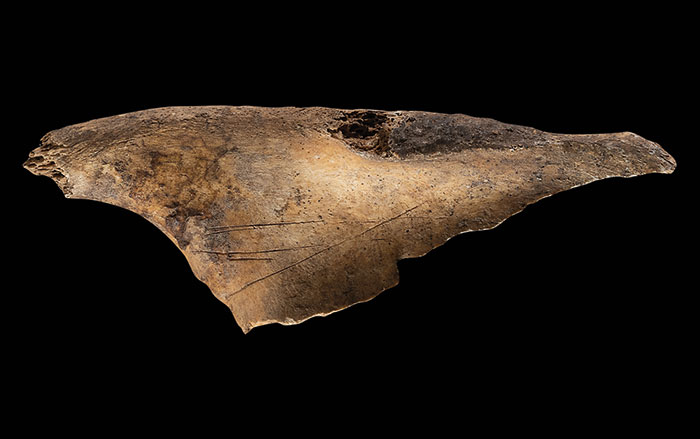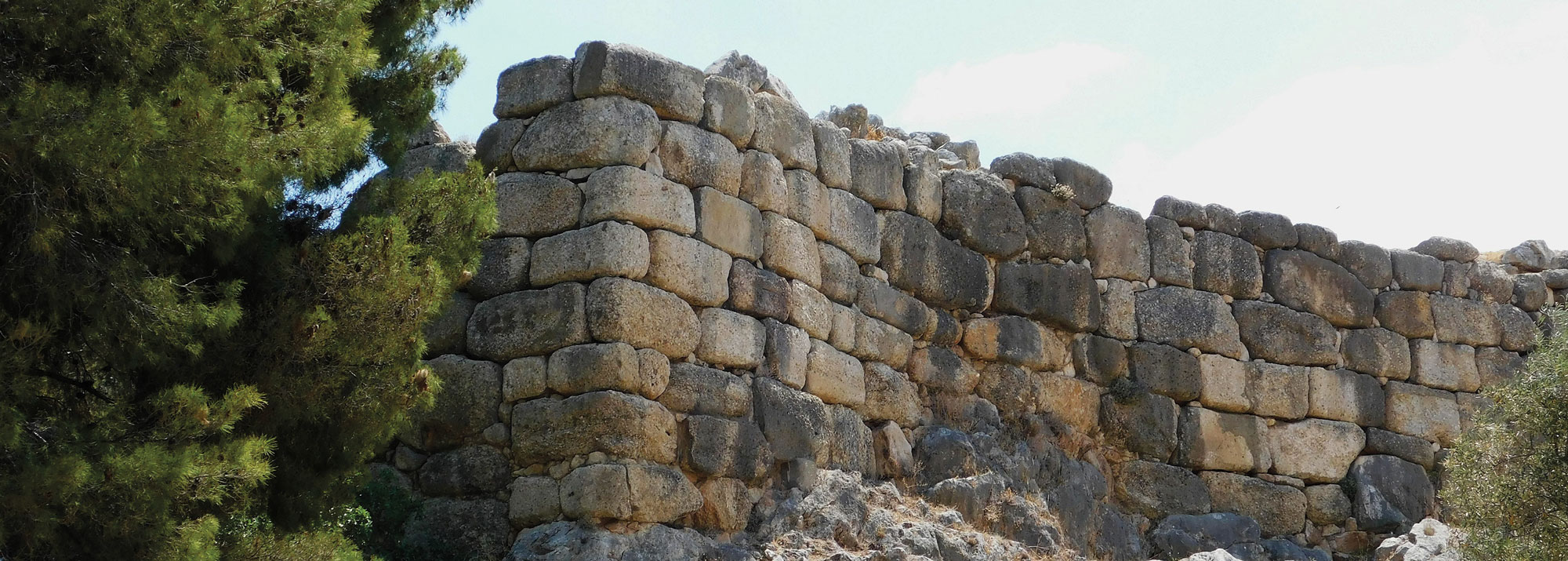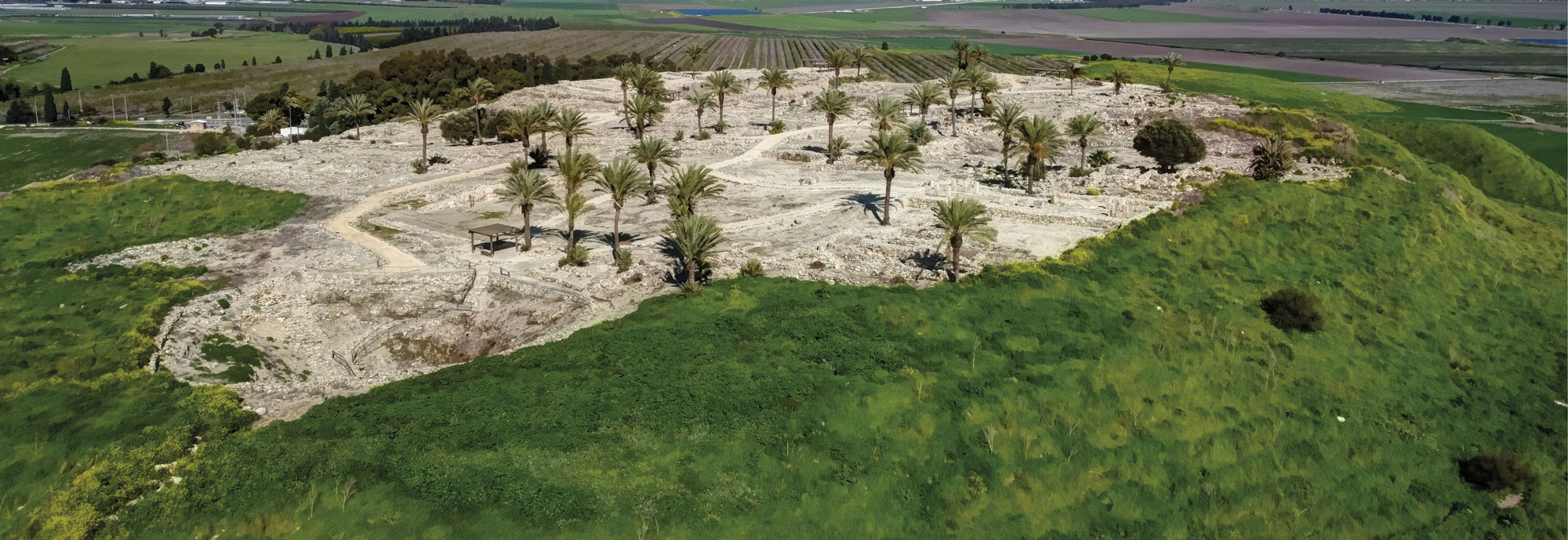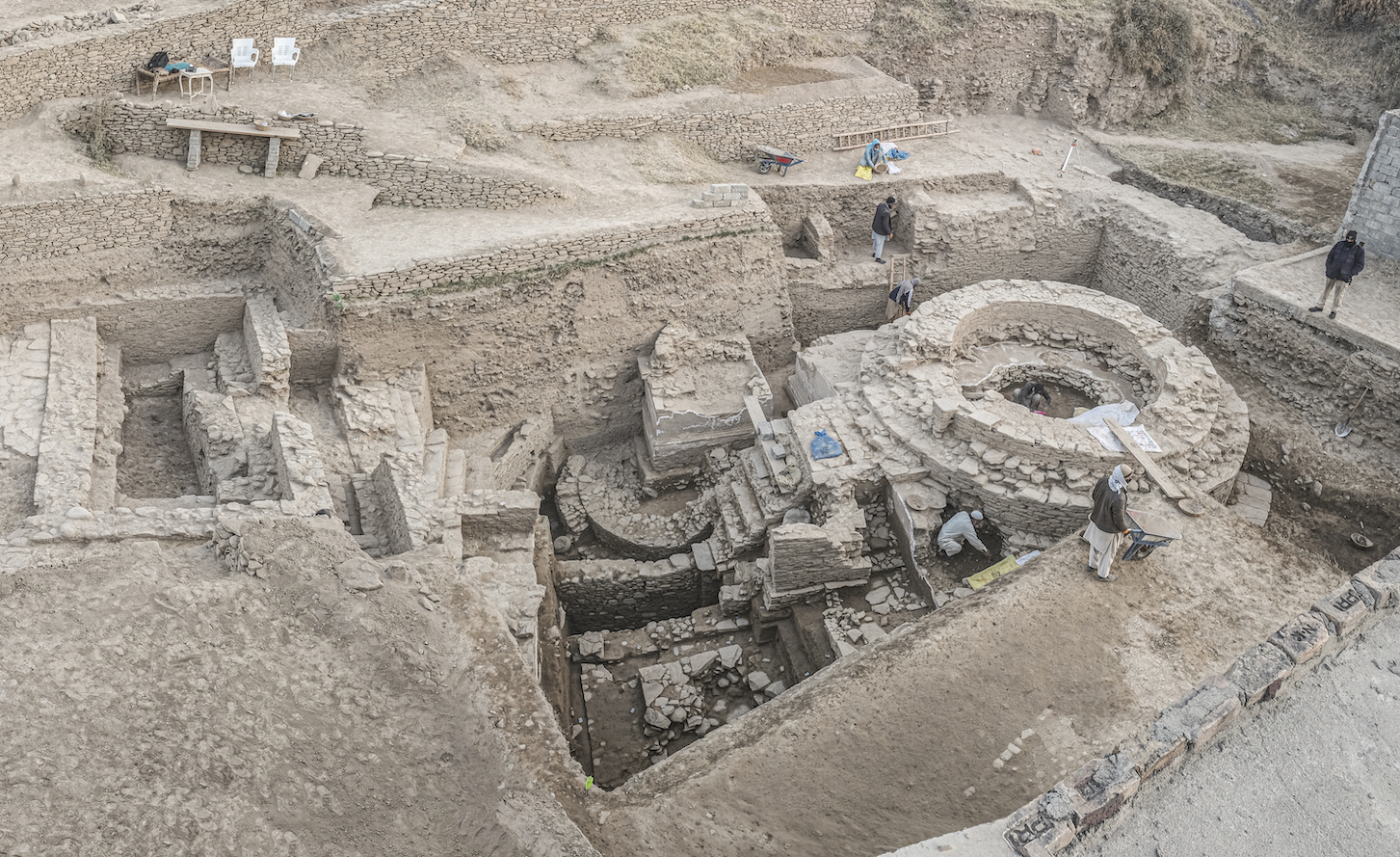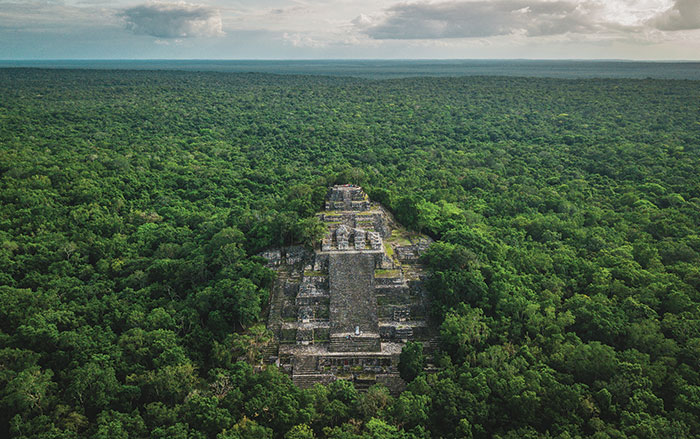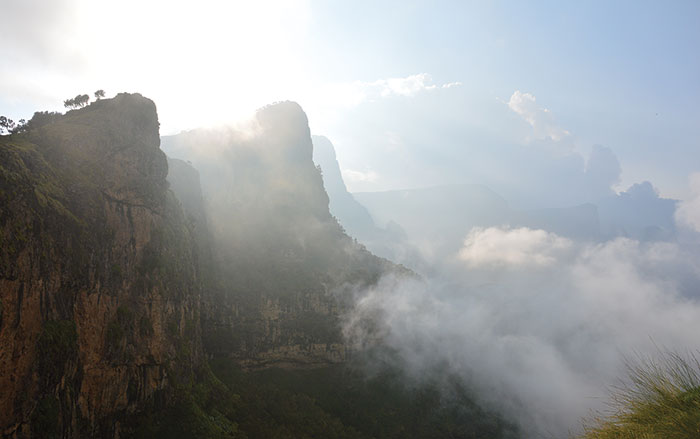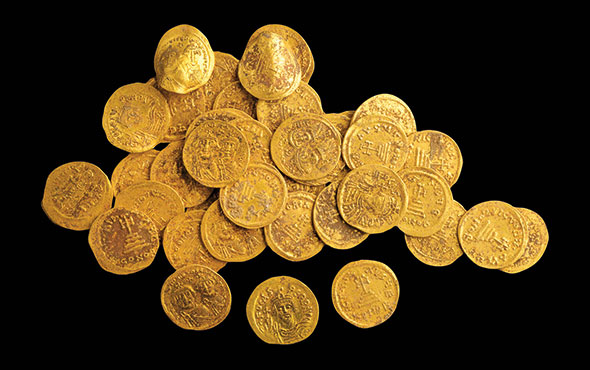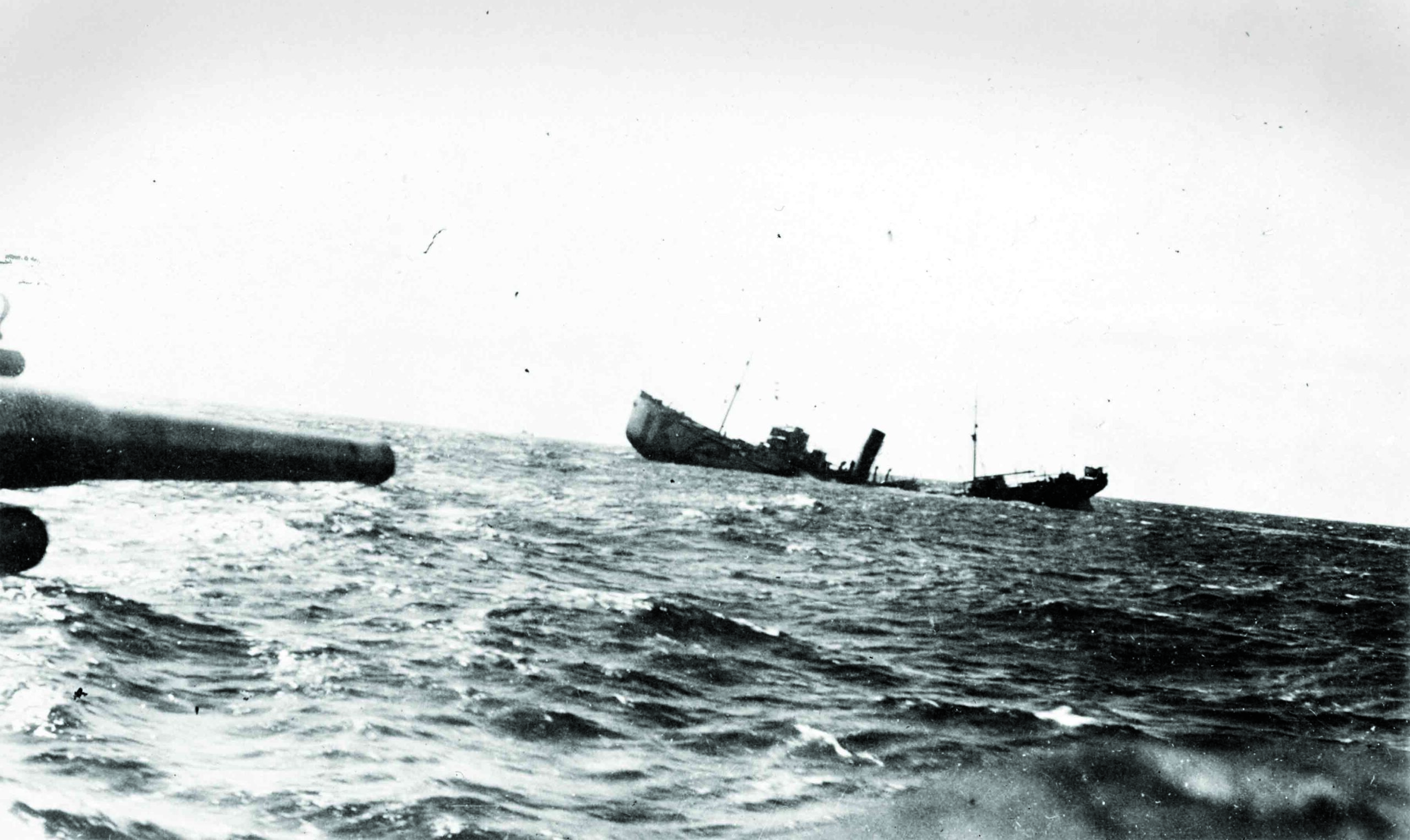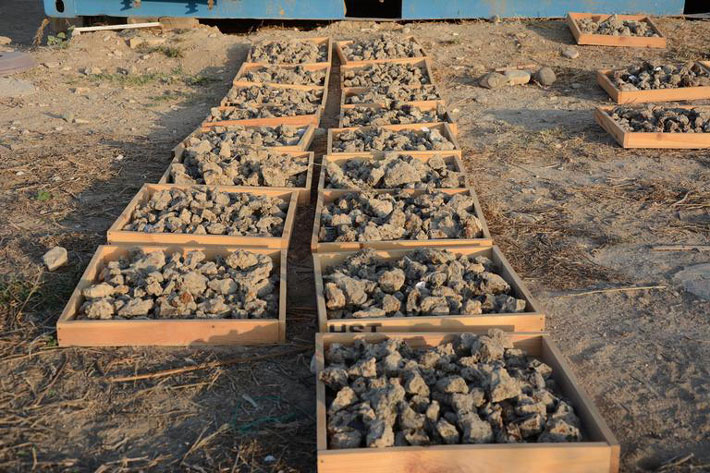
GOTHENBURG, SWEDEN—According to a statement released by the University of Gothenburg, archaeologist Peter Fischer and his colleagues have found pottery—as well as items made of gold, silver, and semiprecious gemstones imported from Greece, Turkey, the Middle East, Egypt, Sardinia, Afghanistan, India, and the Baltic Sea region—in southern Cyprus at the site of Hala Sultan Tekke. Fischer said that the village, situated near the Troodos Mountains and a well-protected natural harbor, became a copper trading hub covering some 60 acres, with a wall surrounding the central 35 acres, by the Late Bronze Age, about 1500 to 1150 B.C. Numerous smelting furnaces, cast molds, and slag in the northern part of the city are evidence of extensive copper production from locally extracted ore, he explained. Winds from the south would have helped to blow the soot and stench of copper production away from the city, he added. City residents also produced purple dye from murex snails, and pottery painted in a distinctive style with motifs of humans, animals, and plants. Written sources suggest that epidemics, famine, revolutions, and invasions all contributed to the city’s collapse around 1200 B.C., Fischer concluded. Read the original scholarly article about this research in Journal of Archaeological Science: Reports. To read about finds from a Classical-era Cypriot necropolis, go to "Living the Good Afterlife."


